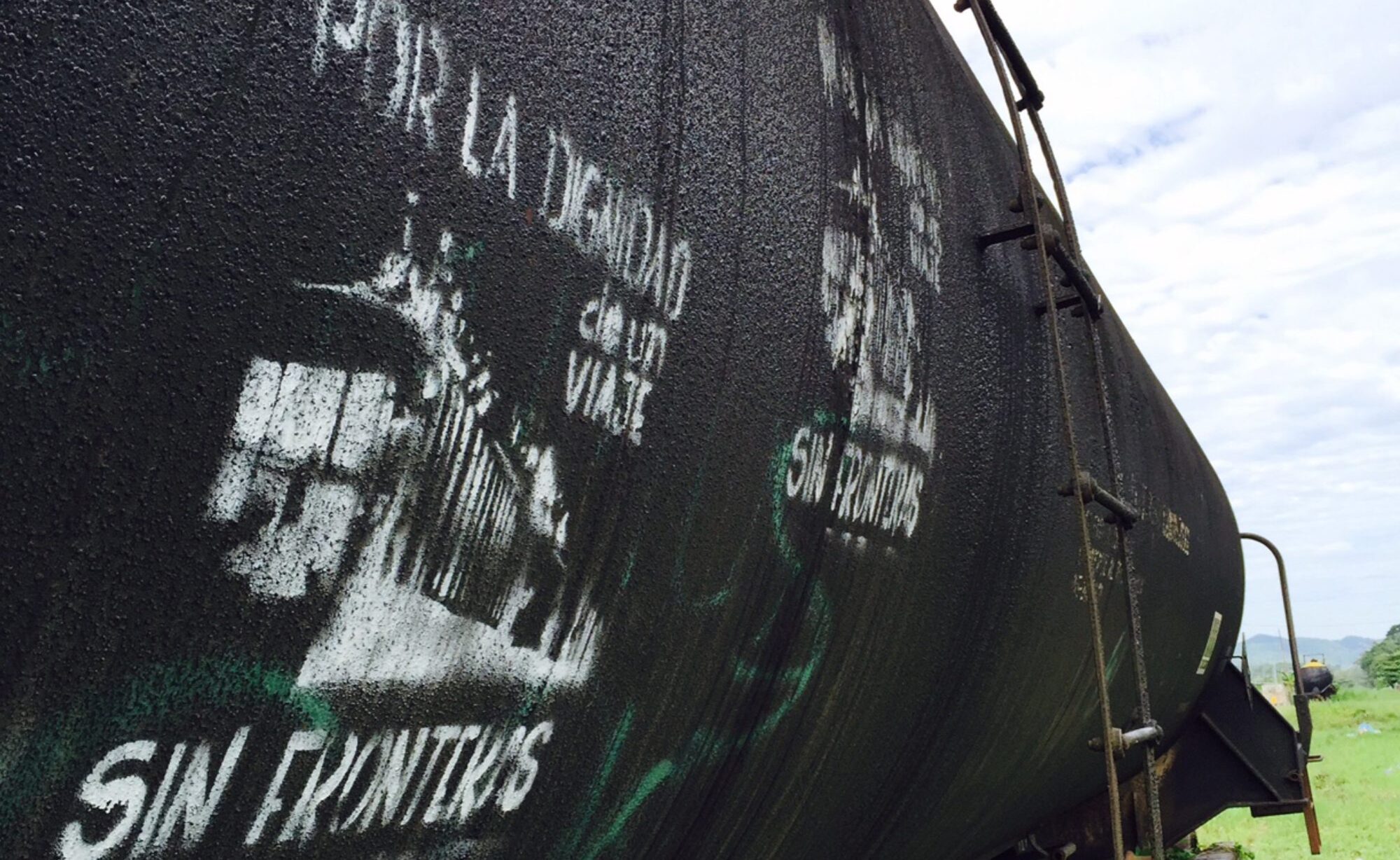Not long into our conversation, the young woman at the migrant resource center in Sasabe, Sonora, told me why she had left her home in Baja Verapaz, Guatemala: floods had ruined her family’s crops. Her name was Flor* and she was 19 years old. Two Category 4 hurricanes battered Central American coasts in late 2020, unleashing intense flooding throughout Guatemala, drowning harvests, and threatening starvation for the coming year. The migrant center, called Casa de la Esperanza, is just two blocks from the US port of entry. Mexican flags fluttered throughout the town on September 15, the day before Independence Day. Flor told me it was exactly a month since she had left home. She was sitting next to her companion, Esmeralda, who was 20 and also from Guatemala. They told me they had already tried to cross into the United States the week before, but were arrested and deported by the US Border Patrol.
Earlier that week, the World Bank released a report titled Groundswell, which predicted that, if global carbon emissions are not mitigated, 216 million people will be on the move by 2050 from six different regions, including Latin America, as a direct result of the changing climate. This came a month after the Intergovernmental Panel on Climate Change’s August report delivered a dire warning: unless there are “immediate, rapid, and large-scale reductions to greenhouse gas emissions, limiting warming to 1.5 degrees celsius will be beyond reach.” Outside the migrant center, you could see the 30-foot wall going up the hill; it had been constructed by the Trump administration in late 2020, around the same time Flor’s crops were being submerged by catastrophic flooding. The red, rusty wall left a wide scar of razed land visible from miles away.
Read the rest here at The Border Chronicle.
